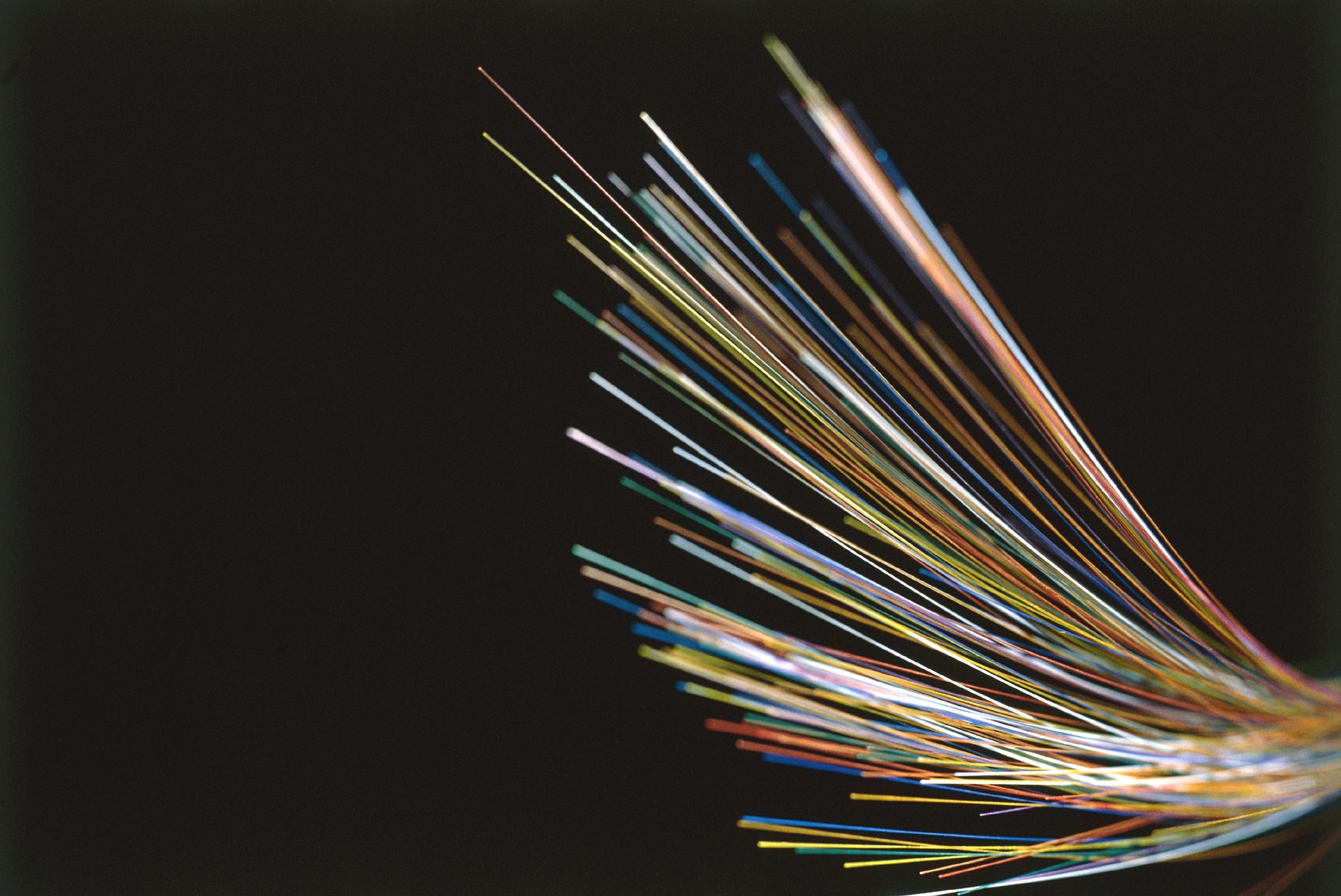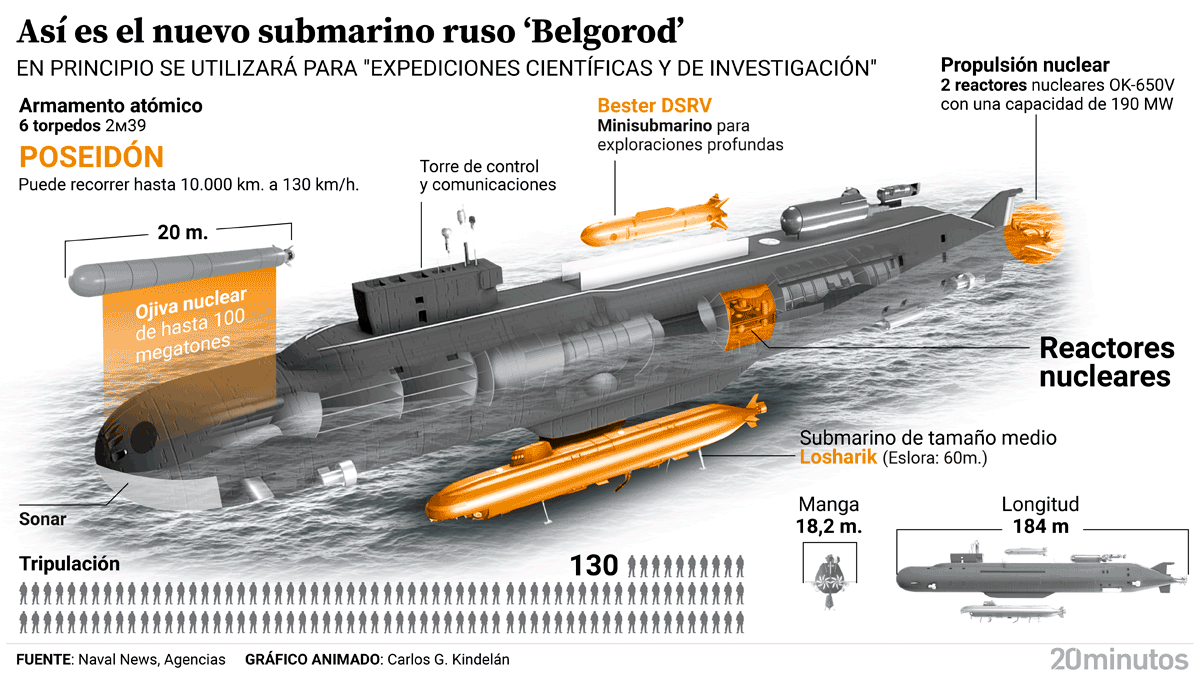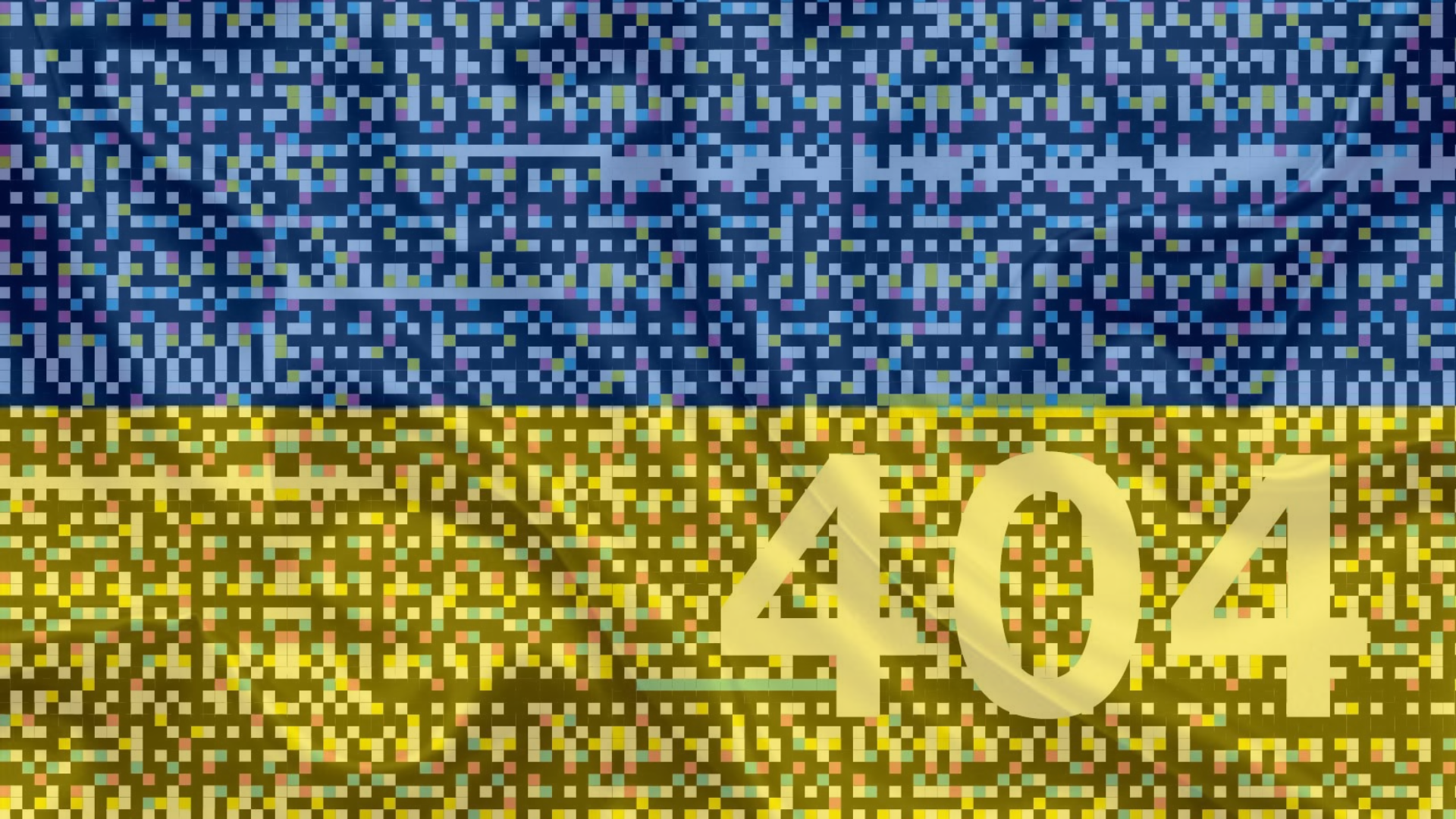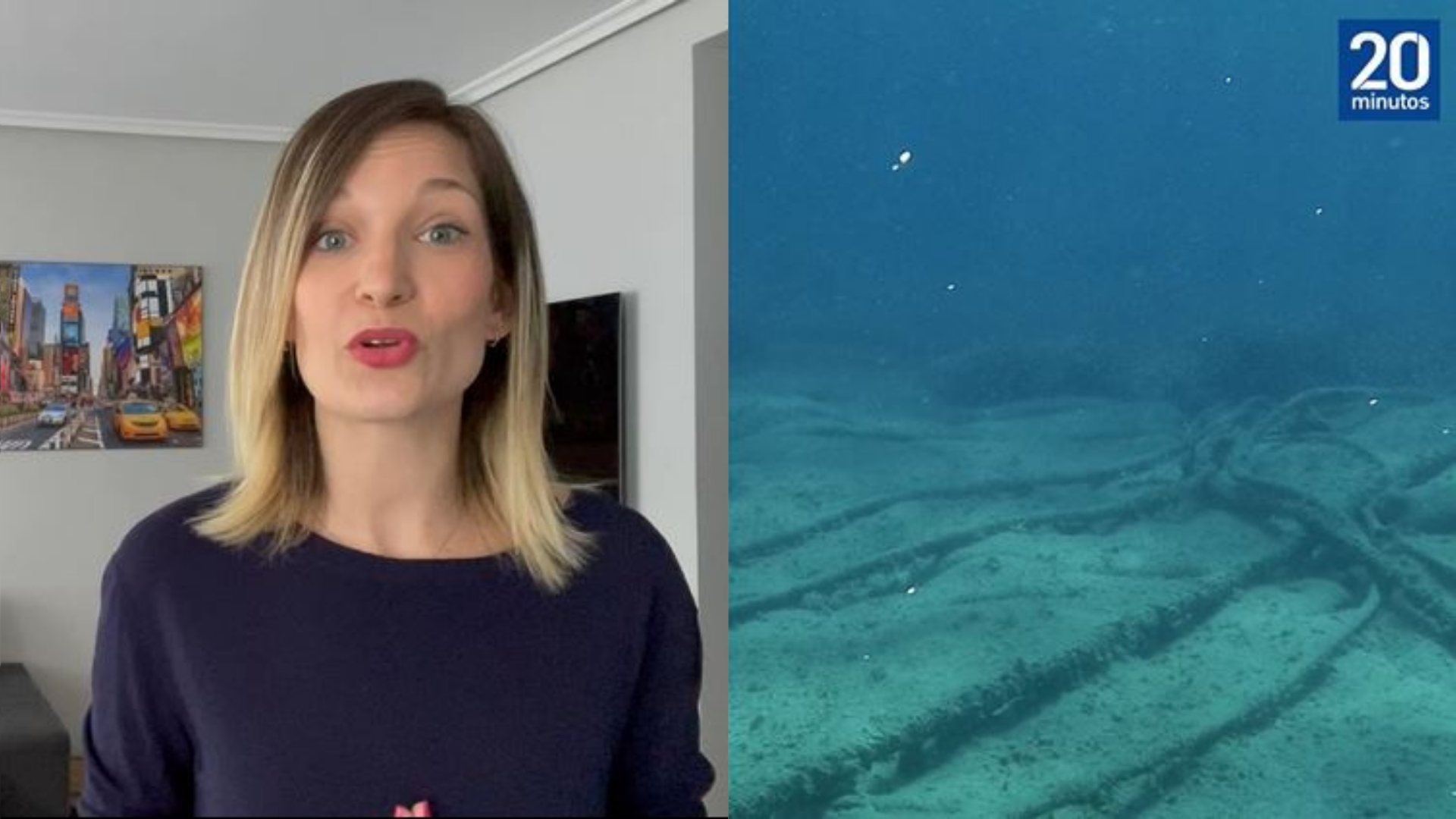Denmark and Sweden detected last week two leaks in NordStream 1 and Nordstream 2 . gas pipelines, which is in charge of delivering natural gas from Russia to Europe via the Baltic Sea. The cause is unknown, but rumors of sabotage by the Kremlin continue to rise.
Damage to gas pipelines occurred near the island of Bornholm (Denmark): one at a depth of 88 meters and another at a depth of 70 meters. These macropipes are protected with steel and concrete 15 centimeters and it is difficult to access them without notifying the authorities.
“From what we’ve seen, it’s most likely intentional and not by chance and— it is highly unlikely that someone other than the state will not be detected“, said Khashayar Farmanbar, Swiss Minister of Energy. This statement alludes to Russia and possible energy sabotage.
Submarine cables have a finer and smoother structure than gas pipelines
However, at this time everything is still suspected and nothing is known for sure. Meanwhile, concerns about damaging underwater telecommunication cables are also increasing, because infrastructure should be more vulnerable compared to a broken gas pipe.
Through underwater telecommunications cables, Google ensure that 98% of international Internet traffic is currently generated. So an attack on this part of the infrastructure could mean network problems and huge economic losses (Wiring costs millions of euros).
Adjacent to the area where NordStream 1 and 2 have been damaged, there are several underwater fiber optic cables which, if broken, could mean a partial internet blackout. It can be damaged by a gas pipe leak or by a cut similar to one that has been made in it.
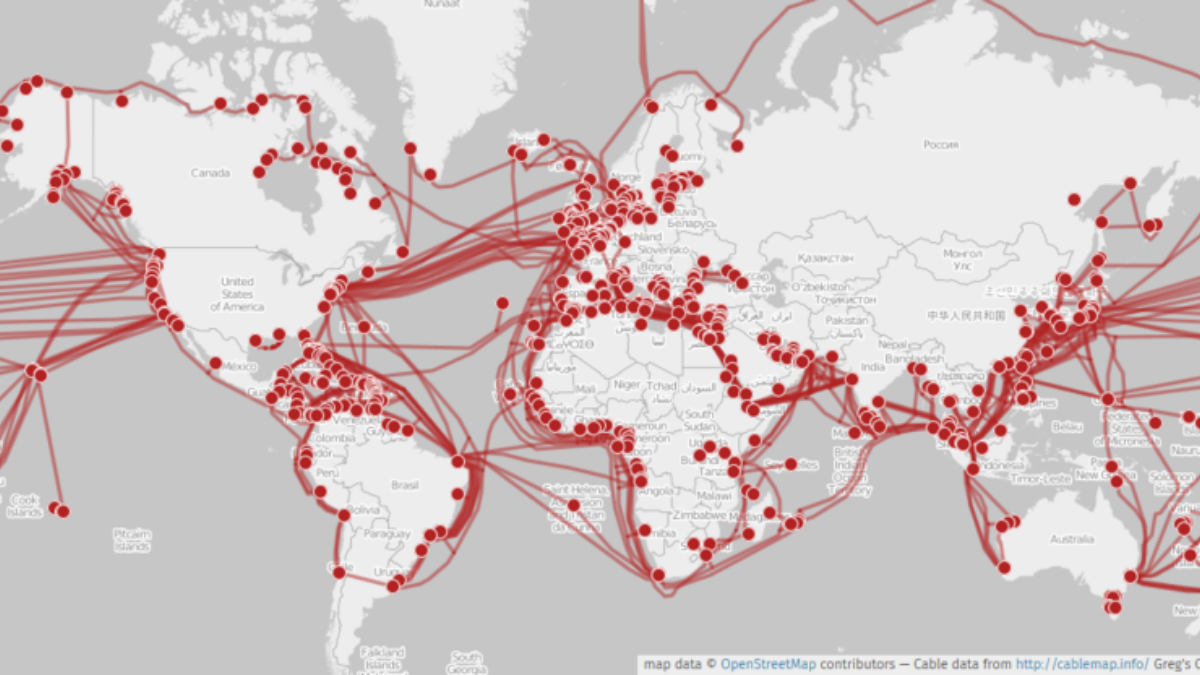
If the malfunction affects the performance of the cable, there may be negative consequences, such as a worse connection or a temporary drop in the Internet in some areas. However, there will be no total internet blackout worldwidebecause there are underwater cables being laid all over the planet that will continue to function.
Subsea cable near the break of NordStream 1 and 2
- Baltic: along 437 kilometers. It connects Kolobrzeg (Poland), Ystad (Sweden) and Gedser (Denmark).
- Danish-Polish 2: of 110 km. Reached Mielno (Poland).
- Rnne-Rødvig: along 153 kilometers. From Bornholm Island to Rodvig (Denmark).
- C-Lion 1: along 1,172 kilometers. It connects Hanko and Helsinki (Finland) with Rostock (Germany).
What is this cable made of and how does it work?
It is an infrastructure consisting of fiber optic core covered and protected by layers of copper, polycarbonate, aluminum, steel and polyethylene. The goal is simple: to allow us to connect to the Internet from any point earth -98% of all international web traffic goes through it-.
According to data from TeleGeographyone of the most important companies in this sector, by 2022 there will be 530 active and planned submarine cables worldwide. Although, they warn, this number keeps changing as new cables come into use and old cables are pulled out of service.
In order for us to better understand his presence, this company has grown one of the most detailed maps available today:
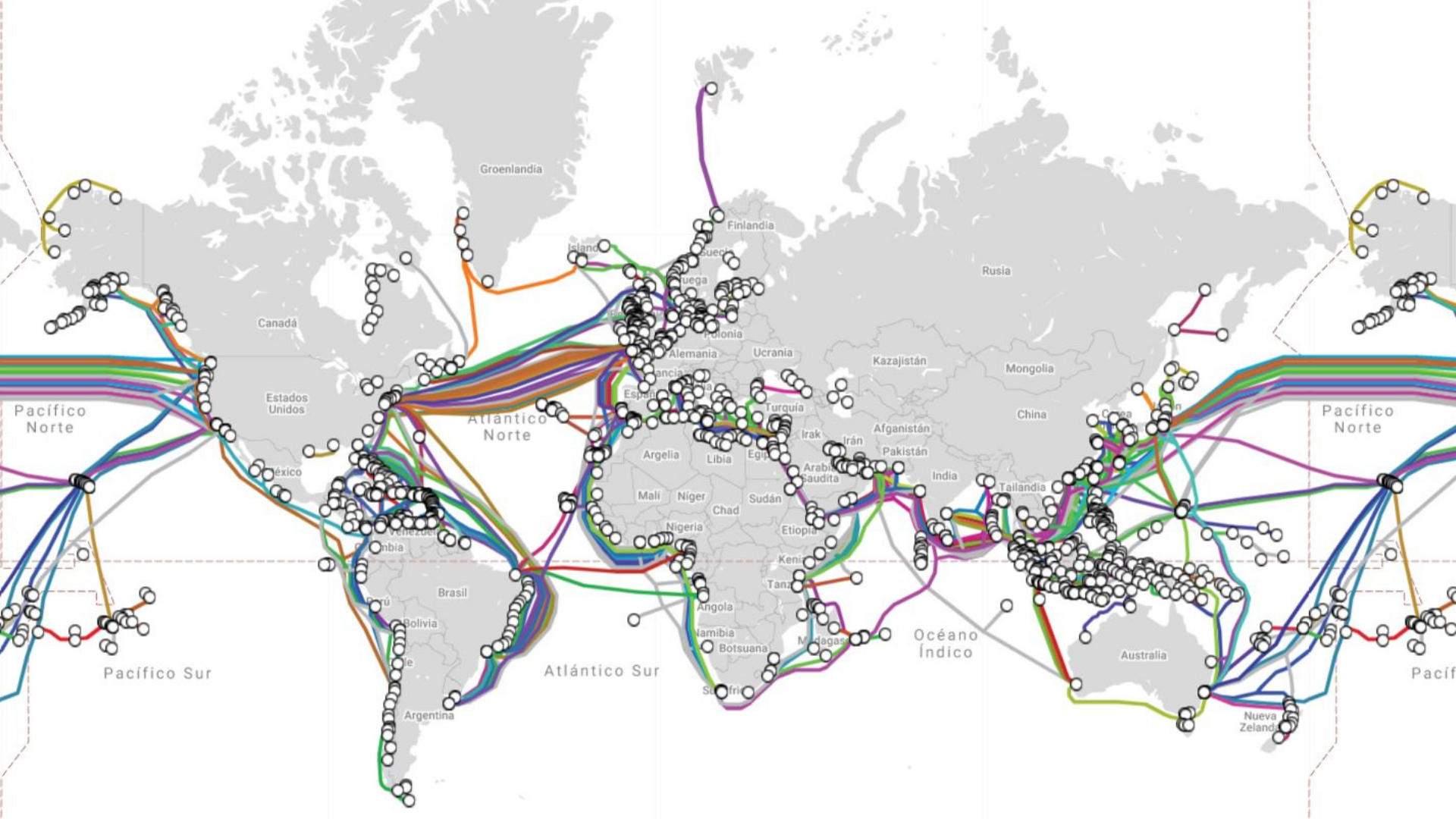
From TeleGeography they assert that, for most of its journey across the ocean, “the cable is usually as wide as a garden hose”. “The filaments that carry the light signal are very thin, about the size of a human hair,” they added. Remember, cables running closer to shore, buried under the seabed, use an extra layer of protection for added protection.
Underwater cabling is quite complex, but we can summarize it in three steps. The first is the previous survey, namely, analyze the seabed through charts and studies with specialized vessels to determine exactly where it should go cable and what characteristics -length, protection, etc.- must have.
Once this is defined, we go to manufacturing stage: in specialized centers and usually near the port, a special cable is made, because no two cables are the same.
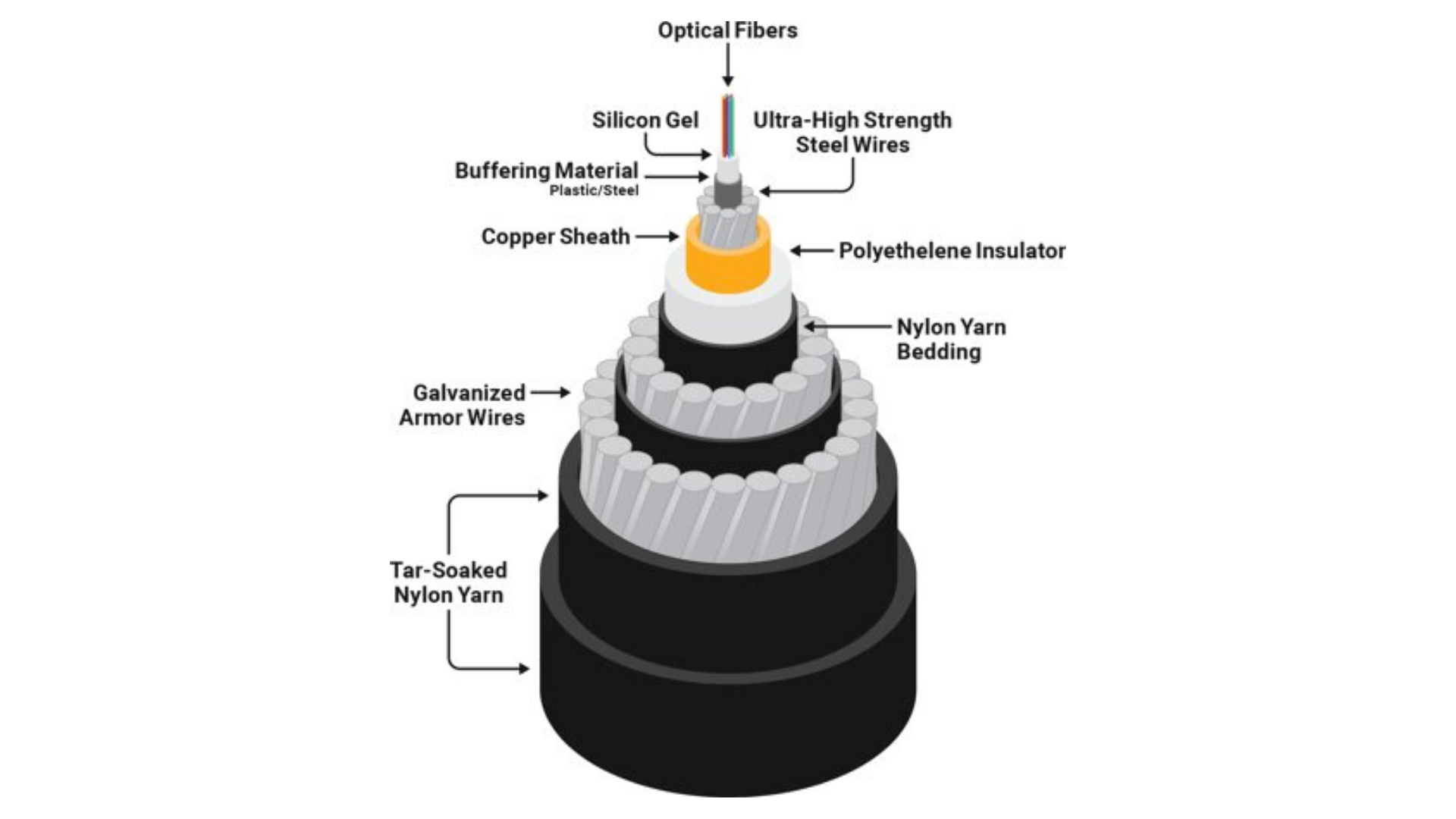
Finally, the cable is loaded onto the ship and the deployment continues. In areas close to the coast, cables are buried or protected, as this is where the risk is greater, and from a depth of 1,000 meters the cables are laid on the seabed.
Some cables are shorter, such as the 131km CeltixConnect cable between Ireland and the UK. On the other hand, others are very long, such as the 28,000-kilometer FLAG Europe-Asia (FEA) cable -one of which is in Estepona, Malaga-, which dates back to 1997 and unites England and Japan.
Register with us bulletin and receive the latest technology news in your email.

“Entrepreneur. Internet fanatic. Certified zombie scholar. Friendly troublemaker. Bacon expert.”


